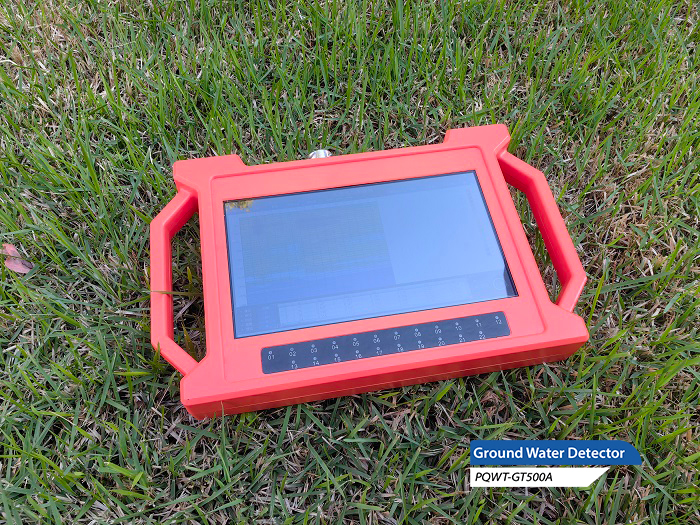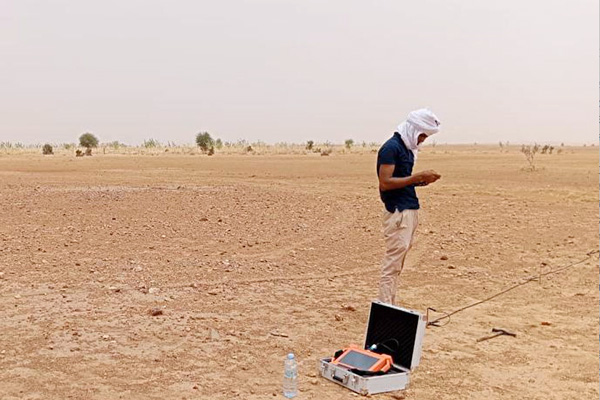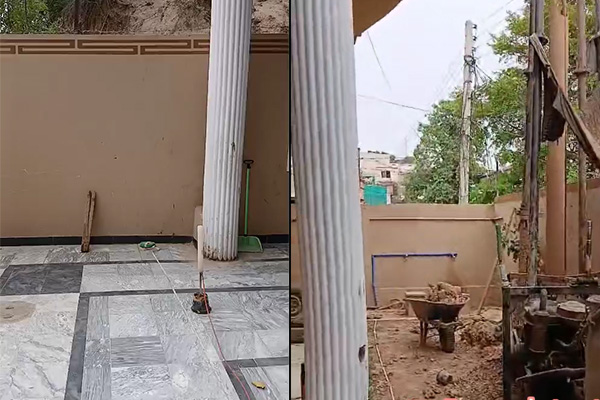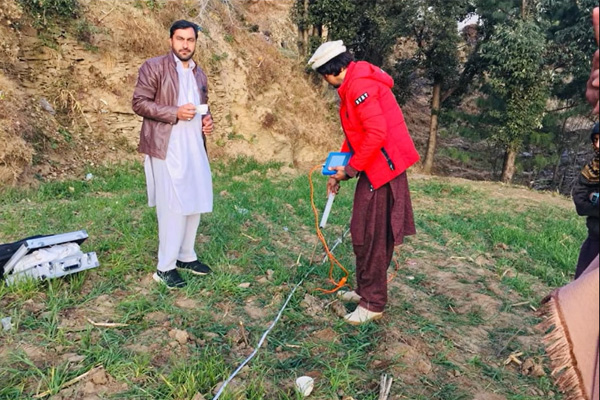In fields such as agricultural irrigation and groundwater exploration, the Long Range Underground Water Scanner is an indispensable and important tool. It can help us efficiently and accurately determine the location of groundwater sources, providing scientific basis for the rational development and utilization of water resources. However, in order to keep this precision instrument in good working condition for a long time, regular maintenance and upkeep are particularly important. This article will provide a detailed introduction to the daily maintenance methods and precautions for the Long Range Underground Water Scanner.

Daily cleaning
1. External cleaning: After each use, the dust and stains on the surface of the instrument should be immediately removed, especially in the connection and sensor areas, to prevent dust accumulation from affecting measurement accuracy. It is recommended to use a soft and clean cloth to gently wipe, and if necessary, dip in a small amount of water or specialized cleaning agent.
2. Internal cleaning: For detachable components, regularly disassemble and inspect for any foreign objects remaining inside, and clean them thoroughly with a soft bristled brush. Be careful not to let moisture enter the electronic components.
Inspection and Calibration
1. Appearance inspection: Regularly inspect the instrument casing for cracks, scratches, and other damages to ensure that all buttons and switches are flexible, reliable, and free of looseness.
2. Functional testing: Regularly perform a full function self-test program to verify whether each functional module is functioning properly. If any abnormal situation is found, professional personnel should be contacted promptly for repair.
3. Calibration: Calibrate the instrument according to the recommended time interval in the manufacturer's manual to ensure the accuracy of the measurement results. During calibration, it is necessary to strictly follow the standard procedures and seek guidance from professionals if necessary.
Storage and transportation
1. Moisture and Waterproof: When storing, choose a dry and ventilated place, away from water sources and humid environments, to avoid damage to the instrument caused by moisture.
2. Shock and fall prevention: During transportation, handle with care to avoid severe collisions that may damage the internal structure. When not in use for a long time, it is best to store it in the original packaging box.
3. Temperature control: Avoid exposing the instrument to extreme temperature conditions, such as high temperature direct exposure or low temperature freezing, to avoid affecting its performance stability.
Precautions
-Long Range Underground Water Scanner should not be used in adverse weather conditions (such as thunderstorms, strong winds, etc.) to prevent accidents.
-Before and after use, be sure to carefully read the product manual, understand the various parameter settings and their meanings, and operate the instrument correctly.
-Regularly participate in training courses provided by manufacturers to enhance personal skills and better master equipment usage techniques.
-When encountering unsolvable problems, do not disassemble and repair them on your own, seek professional technical support in a timely manner.
In short, proper maintenance and upkeep can not only extend the service life of the Long Range Underground Water Scanner, but also ensure that it is always in optimal working condition, providing users with accurate and reliable detection services. I hope the above guidelines can help everyone better manage and use this important tool.








